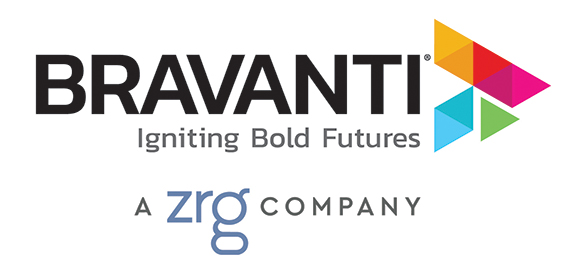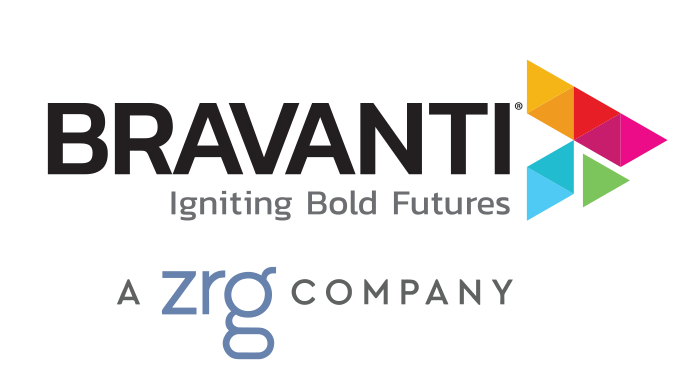The nation’s unemployment rate is at a 17-year low of 4.1%, fueling the demand for talent and creating a highly competitive talent marketplace. At the same time, technology continues to disrupt business from almost every angle, and industries experiencing dramatic change and consolidation face redundancies and waves of layoffs.
Against this backdrop, maintaining a positive employer brand today is more important than ever.
Throughout our work, we have seen companies handle downsizing in various ways, all of which have had an important impact on employer brand. We’ve seen it done well, and not so well.
One company had a phenomenal culture and was consistently ranked near the top of “best places to work” lists. It was a grassroots operation and was terrific at engaging its employees around the network while at the same time getting integrally involved in local communities. In short, people loved working for this company, and it showed.
Then the financial crisis of 2008 hit, and this company was not spared the devastating effects of the downturn. Reductions in force became a necessity and, initially, were handled very effectively. Even faced with enormous financial pressures, the company did the right thing by its employees: working with an outplacement firm, providing all the necessary information, and encouraging exiting employees to engage with the transition process early. Culturally, the company was doing well to maintain and reinforce its well-deserved reputation as a great employer.
The reins tightened, however, when a major consulting firm came in and pulled the plug on the smooth career transition process. The company was under so much pressure from so many stakeholders it chose to resist implementing “best practices”, instead simply going through the motions. Negative information began to circulate about how exiting employees were being treated. Fast forward 10 years: The company has still not fully recovered and its employer brand suffered significant, lasting damage.
How could this scenario have been avoided? In my experience, best practices dictate that early and sustained engagement with outgoing employees will get them moving forward optimistically, facilitate a more upbeat attitude among those left behind, and foster a positive brand reputation both inside and outside the company.
Moving forward in a constructive way means more than clicking links on job boards. It means working with an effective transition coach who will help the candidate define the right path forward. It requires identifying personal and professional goals, strengths, and areas for improvement, and an overall marketplace value proposition. Working with a well-matched coach results in a rock-solid resume built to reflect market needs, a smart go-to-market strategy, and unequivocal human support throughout the process.
A positive career transition experience means exiting employees will be good brand ambassadors on social media and in the marketplace. And, remaining employees will stay engaged, having seen their company treat outgoing people with care and respect.
It’s the least a good employer can do, and human resource professionals can have a definitive impact on successful career transition strategy and execution.
This post originally appeared in the SHRM blog. Reprinted with permission.

